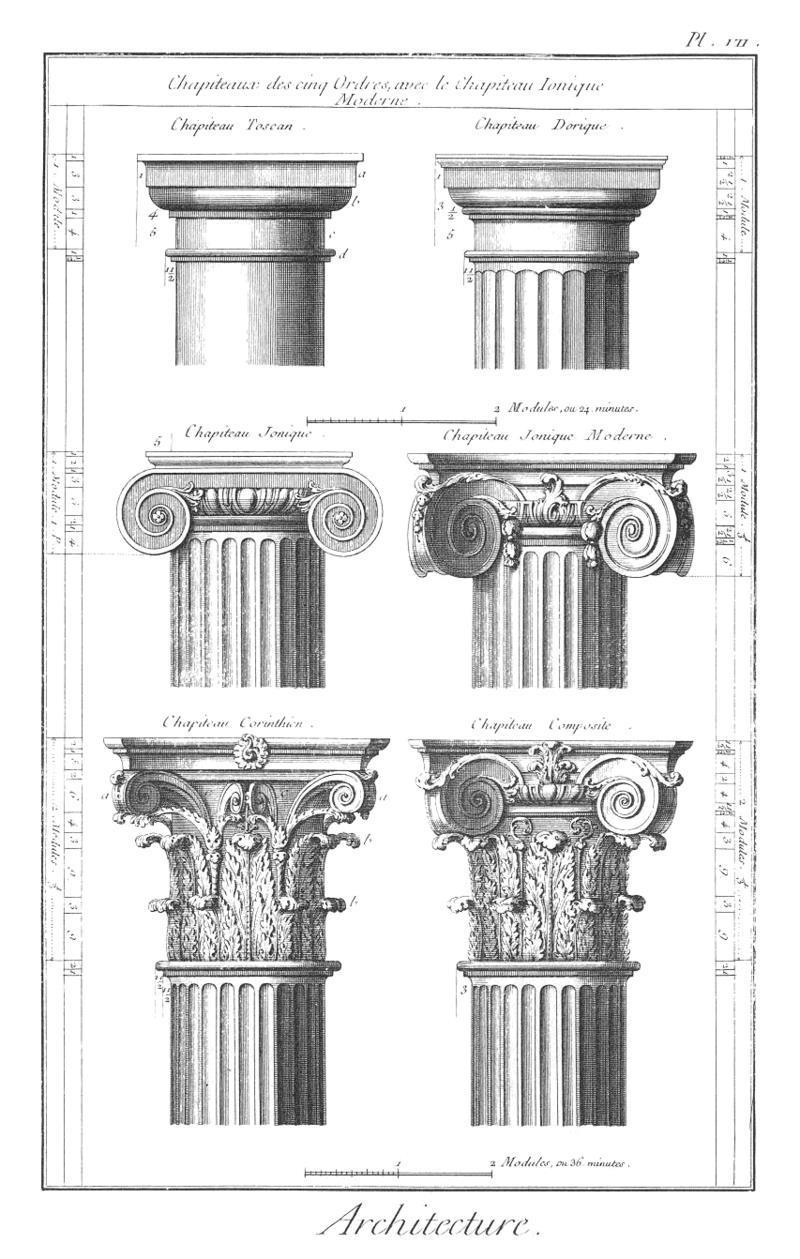Take a walk around the neighborhood and you’re likely to notice more than a few different column styles. Whether they are utilized to provide an extended outdoor space on the main level, an additional room on the second floor or a portico at the entry, columns can add loads of interest and style to the façade of a home. In fact, columns are one of the few, enduring architectural elements utilized in every historical period across the globe. Established in ancient Greece there is, quite literally, a different column variation for every major architectural style.
Originally, columns were used to support an entablature on the front of a building. Entablatures were important in ancient times when few were able to read because they described the purpose of the building in a high/low sculptural story, called bas relief.
Today columns maintain a structural and decorative place in modern architecture. We’ve managed to modify, lengthen, shorten and taper them in all manner of ways. You’ll find them squared, paneled and rustic but the original three Greek orders of columns included:
Doric, which consisted of a base, a plain unadorned shaft, and simple cap.
Ionic columns included a similar base, but a more decorative fluted shaft and a cap consisting of four volutes.
Corinthian columns were the last and most decorative of the Greek columns, adding decorative base, fluted column and caps that included acanthus leaves and carved detailing.
Not long after, the Romans came along and decided to build on a good idea, introducing two additional styles, Tuscan and Composite.
Today, we most often see the simpler Ionic or Doric Greek styles, a square, rustic or smooth, tapered column on our homes. While they were originally created of natural materials like wood or marble, they are now available in man-made materials which are rot and insect resistant; not to mention weather tolerant.
Regardless of your style preference, there are many to choose from in both structural, DuraCast fiberglass material as well as non-structural DuraLite and cellular PVC options. We also have options sized appropriately for interior use in a variety of styles. All you have to do is settle on the style that’s right for you!
Visit our Columns page and get connected to one of our friendly lumber dealers on our Dealer Locator!
-Holly Bayer, ASID

